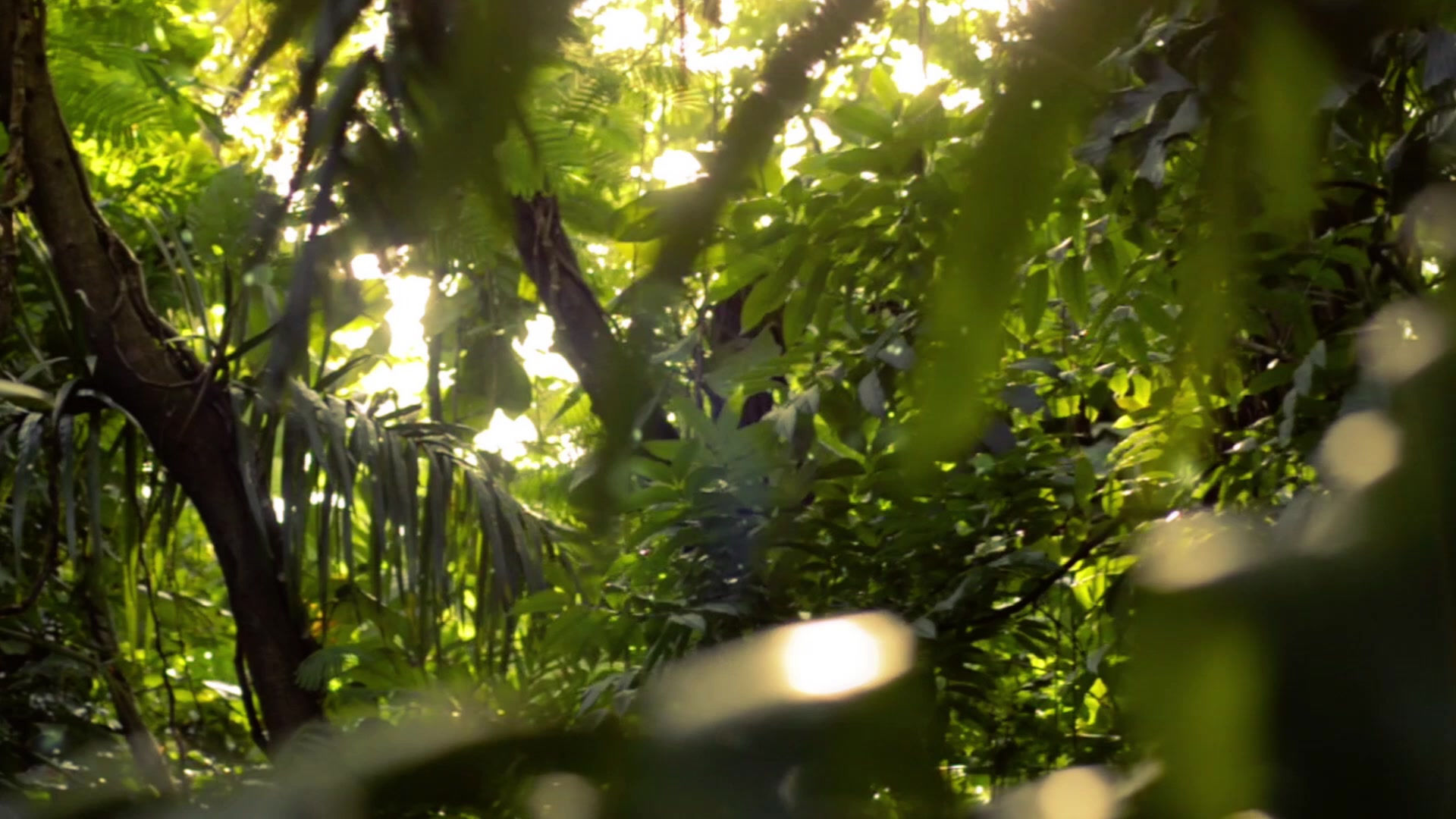

Ascend from the Mekong lowlands to the cool, verdant expanses of the Bolaven Plateau, a fertile volcanic region renowned for its spectacular waterfalls, aromatic coffee plantations, and the vibrant traditions of its diverse ethnic communities. This elevated landscape, with its pleasant climate, promises an immersive journey into the heart of Laos' natural and cultural heritage.
Here, you'll discover dramatic cascades like the iconic Tad Fane, Tad Yuang, Tad Lo, Tad Hang, and Tad Champi. Beyond its natural beauty, the plateau is the heartland of Laos' thriving coffee industry, where you can explore fragrant Coffee & Tea plantations and learn about their rich history from bean to cup. This vibrant area is also home to diverse Ethnic Minority Villages, offering unique cultural encounters and insights into their traditional ways of life. For the adventurous, trekking through lush landscapes, and exhilarating Off-Road Adventures across this Ancient Volcanic Field to remote spots, provide deeper immersion into this enchanting part of Southern Laos.
Programs:
.jpg)
Nestled at the confluence of the Xe Don and Mekong Rivers, Pakse serves as the vibrant capital of Champasak Province and the primary gateway to the wonders of Southern Laos. While often seen as a transit point, Pakse offers more than just connections; it's a bustling yet relaxed city that provides an authentic glimpse into Lao urban life.
Pakse, the bustling capital of Southern Laos, serves as a vital hub for regional exploration and offers its own collection of significant cultural sites: Your visit can begin with Wat Luang, one of Pakse's most important and architecturally impressive Buddhist monasteries, providing a serene insight into local religious life. While "Wat Phra Bat" temples signify a Buddha's Footprint, a renowned one is not typically a central attraction within Pakse itself. Crossing the Mekong, Wat Phou Salao offers a spectacular sight with its giant golden Buddha statue, providing breathtaking panoramic views of Pakse and the river, especially beautiful at sunset. Just outside the city, the area around Wat Chomphet is unique for its active community of Buddha Stone Carvers, where you can observe skilled artisans at work transforming raw stone into sacred sculptures. Finally, the vibrant Dao Huang Market is the city's largest and most authentic marketplace, a sensory feast teeming with local produce, goods, and daily life.
%20(resized)1.jpg)
The Champasak region, centered around its charming namesake town, offers a journey into the historical and cultural heart of Southern Laos. This area is most renowned for the magnificent Vat Phu (Vat Phou), a UNESCO World Heritage Khmer temple complex that predates Angkor Wat, providing a spiritual and architectural marvel overlooking the Mekong. Beyond Vat Phu, the tranquil Champasak Town, a former royal capital, invites you to stroll among its traditional Lao and French colonial buildings, soaking in its unhurried pace. Delve deeper into the ancient landscape with a visit to Hong Nang Sida, an enigmatic Khmer ruin linked to Vat Phu. Explore Wat Muang Kang, the area's oldest active temple, showcasing unique architectural blends and offering a glimpse into local Buddhist practices. Across the Mekong, the car-free Don Deng Island (Don Daeng) promises an authentic immersion into rural Lao life. Cycle through peaceful villages, observe traditional livelihoods, and experience genuine hospitality, making Champasak a truly enriching and multi-faceted destination.

The 4,000 Islands (Si Phan Don) region in Southern Laos is a captivating archipelago formed by the Mekong River's branching waterways. This tranquil area is famed for its laid-back pace and unique natural wonders. Starting with the islands, Don Khong is the largest, offering a more traditional and authentic local experience. Don Det is known for its vibrant backpacker scene and relaxed riverside atmosphere, while Don Khon, connected by an old French bridge, provides a quieter, rural charm. A significant historical feature is The Colonial Railway, remnants of which can be seen connecting Don Det and Don Khon, built by the French to bypass the unnavigable sections of the Mekong. These sections include the picturesque Liphi Waterfalls (Tad Somphamit) on Don Khon, a series of captivating rapids also known as the "Spirit Trap." Further downstream lies the mighty Khone Phapheng Falls, Southeast Asia's largest waterfall by volume, a truly immense and powerful cascade often referred to as the "Niagara of the East."




